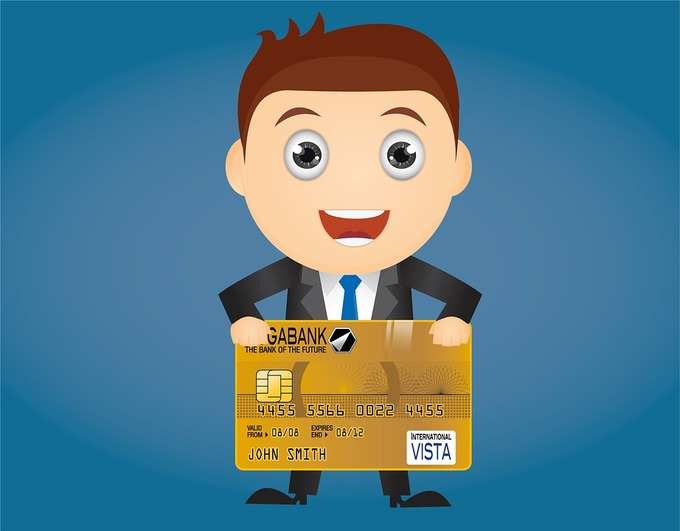
"What do you mean '
However, the challenge faced by any radical idea tends to be the same: acceptability – or in other words – achieving a critical mass of users. This is especially true of
FinTech is an amalgamation of the two polar opposites of industry specialists – Finance and Technology. It's rare to find a single person with the right mix of knowledge involving coding,
It's rare to find a single person with the right mix of knowledge involving coding, finance, law and marketing to pull off a FinTech start-up on their own.
ALSO READ: Flipkart,Snapdeal, and Shopclues agree: Demonetization has been a boon in disguise
The answer to this predicament is – convergence. Entities, both individuals, and organizations, from different industries, are coming together to re-define FinTech. Where banks failed, network carriers succeeded.
India also has large sections of the unbanked population. Half a decade ago, precisely, only 35% of the Indian populace, had bank accounts. One of the key moves by the Indian government to change this was to tie in LPG subsidy with bank accounts. By mandating that every individual had to create a bank account to avail this subsidy, the Government effectively boosted the banking population in a matter of 6 months. Today the bankable population in India stands at over 53% - and has a tremendous scope of betterment.
Half a decade ago, precisely, only 35% of the Indian populace, had bank accounts.
Financial inclusion does not end at opening bank accounts, it's just the starting point of a multi-layered process. The process of financial inclusion encompasses the technology, tools, products and the understanding to use them. When these come together to create value for an individual to navigate the complexities of life, we can celebrate the success of our efforts. How do we achieve that success?
At
We've set out to change and empower a nation and we know this is no mean feat. We also know it's impossible to go at it ourselves.
This article was originally authored by
